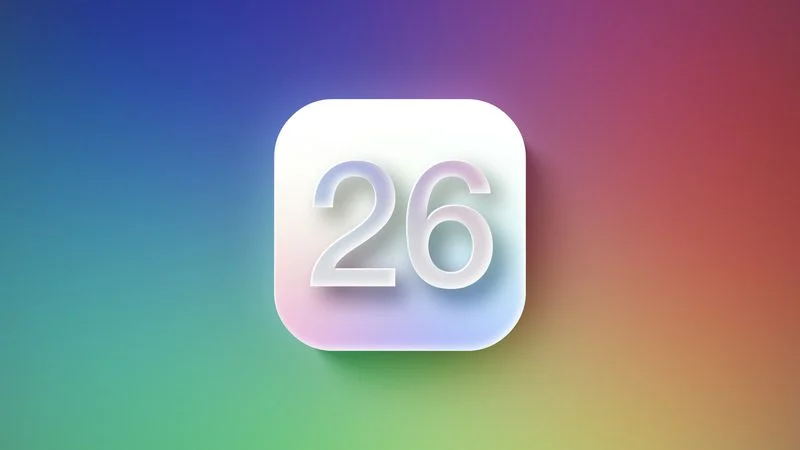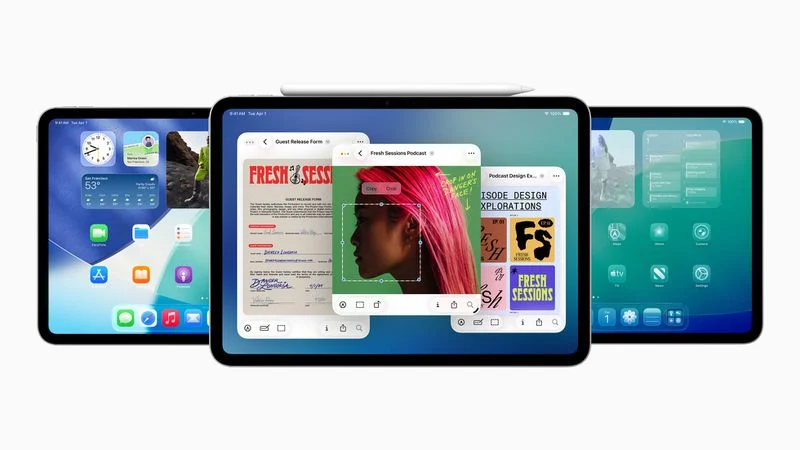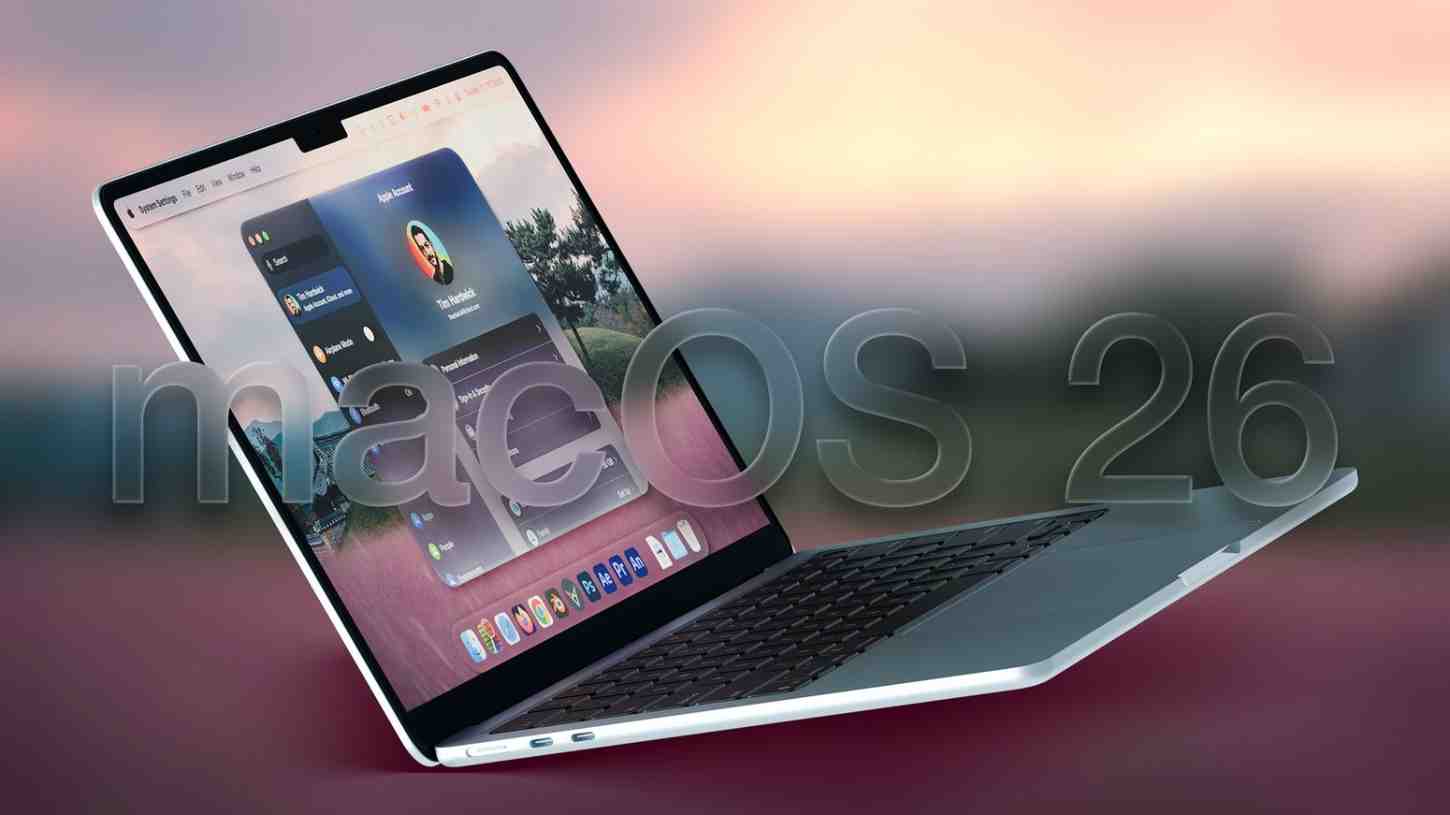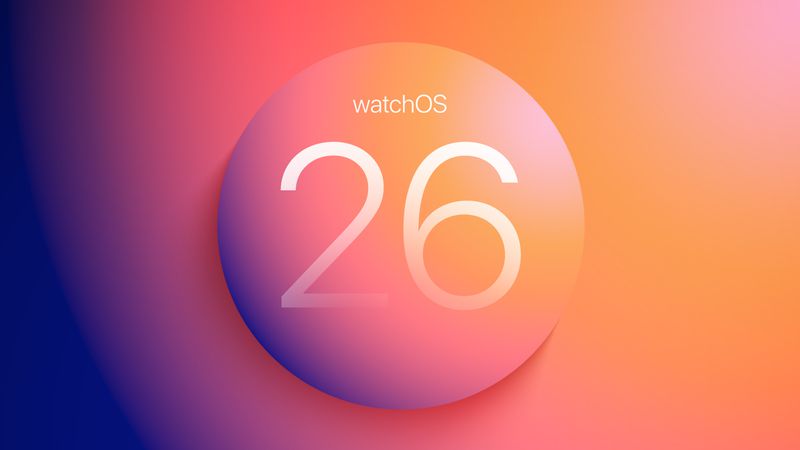Apple is giving the public a chance to test drive the latest versions of its operating systems with the release of the second public betas for iOS 18.3, iPadOS 18.3, and macOS Sequoia 15.3. These updates are expected to be released by the end of January.
While the Mac update brings some fun with the ability to create custom emoji characters, the hidden gem might be on the iPhone and iPad. Code hidden within the iOS 18.3 beta suggests Apple is working on a new app called “Invites.”
A Dedicated App for Event Planning?
Rumors of a dedicated “Invites” app first surfaced in an earlier iOS 18.2 beta, but the code vanished before the final release. Now, it’s back in the iOS 18.3 beta, sparking speculation about its purpose.
Early signs point towards an app that simplifies organizing meetings and in-person events. While Apple’s Calendar app already handles scheduling, “Invites” might offer additional features.
Hints suggest integration with iCloud, a web version accessible through iCloud.com, and even a potential connection to a new iOS 18 daemon called GroupKit, which manages databases for groups of people.
Imagine an app that displays a clear list of invitees and their RSVP status, all within a user-friendly interface that surpasses the current Calendar experience. Whether “Invites” becomes a standalone app or integrates with other parts of the system, like a mini iMessage app, remains to be seen.
Apple Keeping its Cards Close
Apple offered no clues about this app at WWDC 2024, leaving the possibility that it’s either an experiment or planned for a future iOS version. This secrecy extends to a rumored dedicated App Store for games, potentially incorporating features from Game Center, which has been under internal testing within iOS 18. With no official word, it might be pushed back to iOS 19.
While the public betas offer a glimpse into potential upcoming features, it’s important to remember that things can change before the official release. Still, the possibility of a dedicated “Invites” app is exciting news for those who frequently organize events and crave a more streamlined experience.






